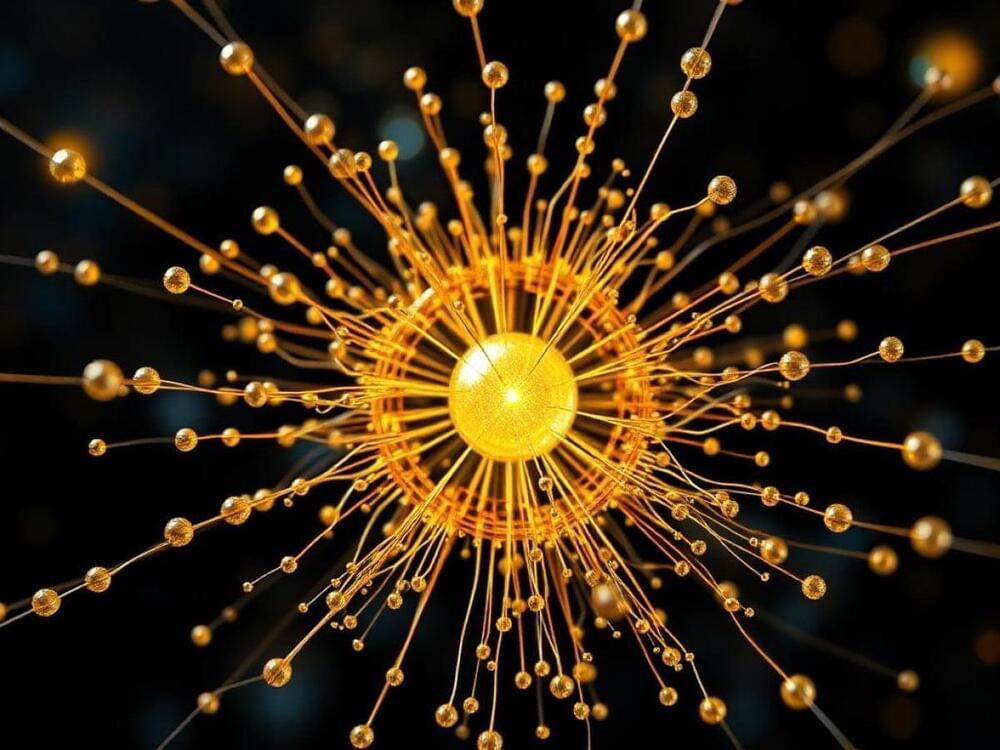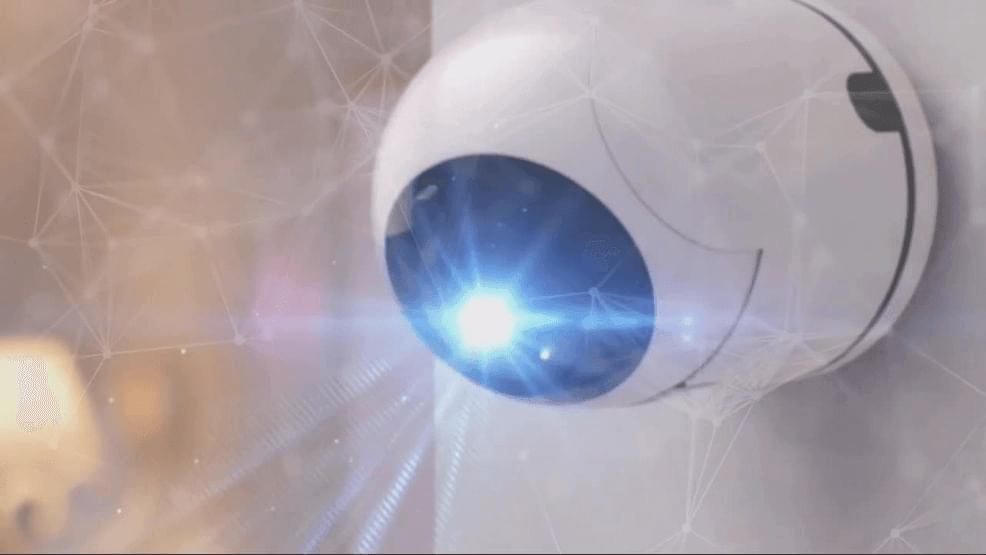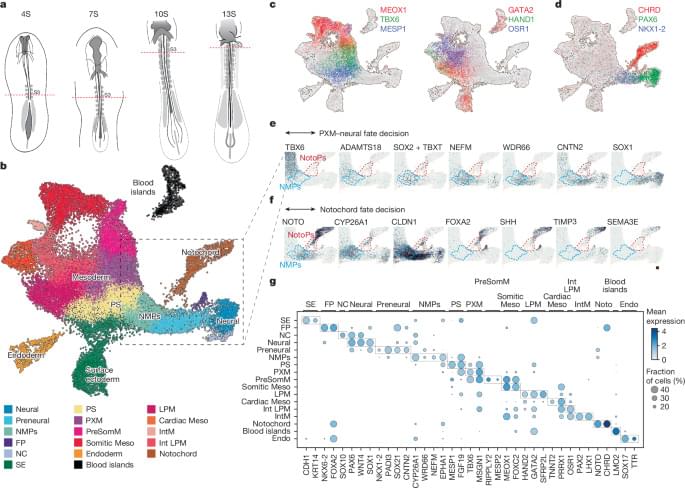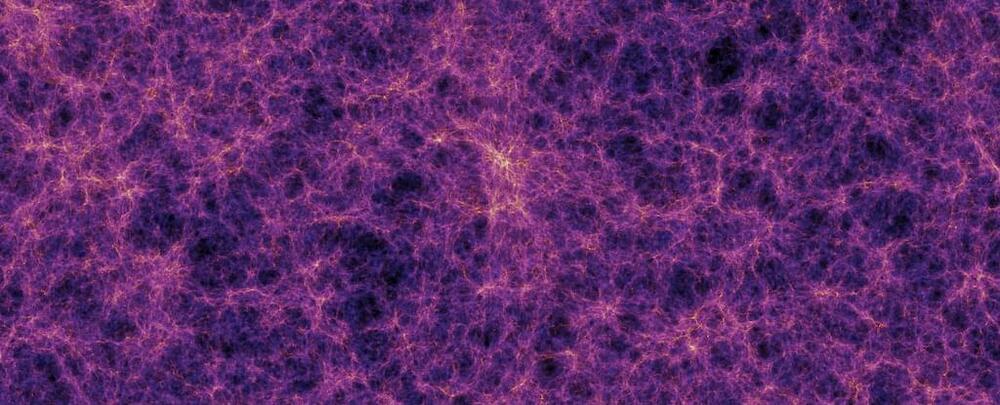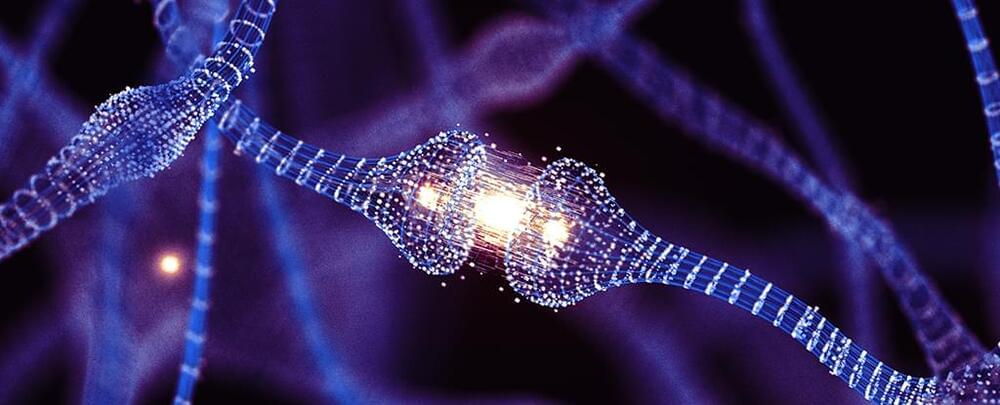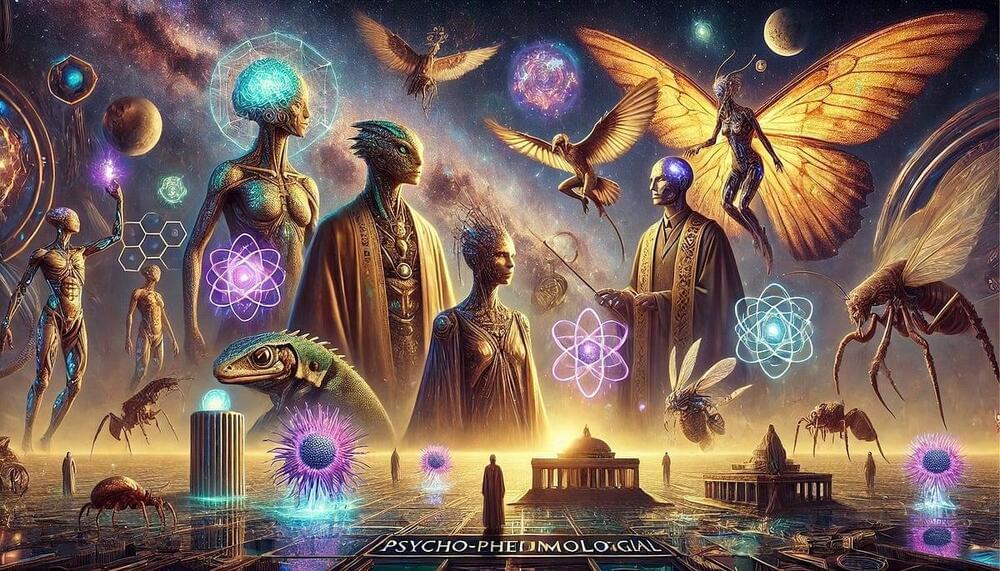Over a decade after its discovery, the Higgs boson, often referred to as the “God particle,” continues to captivate physicists and deepen our understanding of the universe. Recent findings from the Max Planck Institute promise to unravel even more about this enigmatic particle, potentially opening doors to uncharted realms of particle physics.
The Higgs boson is a cornerstone of the Standard Model of particle physics, responsible for answering one of the universe’s most fundamental questions: how do particles gain mass? This phenomenon hinges on the Higgs field, an invisible energy field that permeates the cosmos. To visualize this, imagine wading through a pool filled with water versus thick foam. While water might let you glide, the foam slows you down—this interaction mirrors how particles gain mass as they traverse the Higgs field. Without it, the building blocks of matter as we know them couldn’t exist.
Why Understanding Higgs Interactions Matters?
